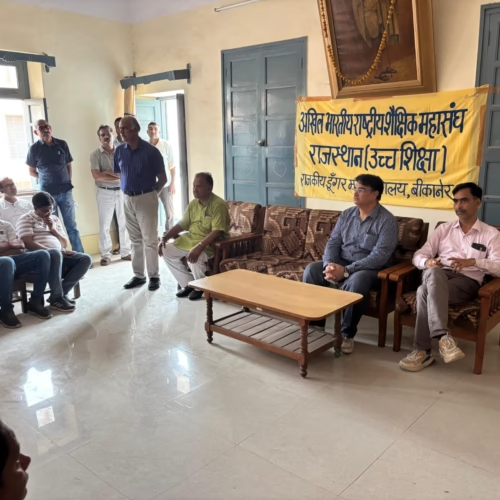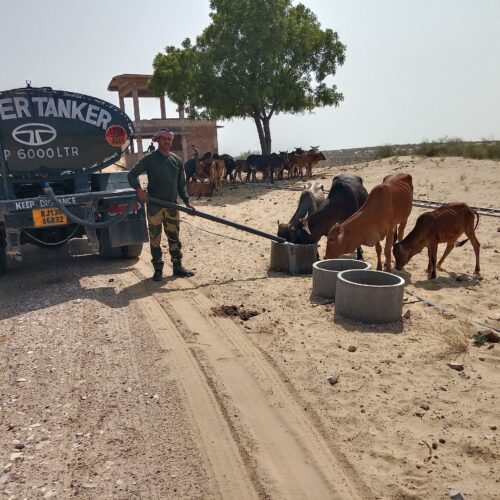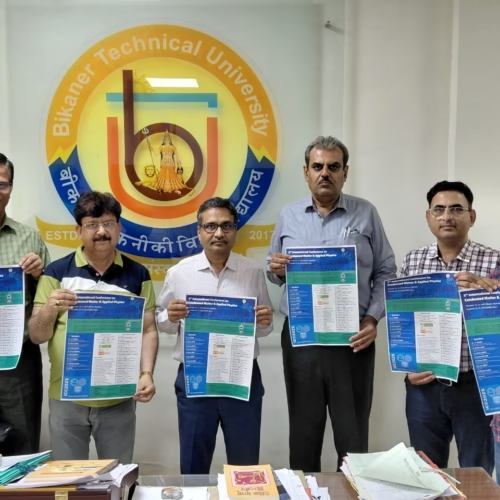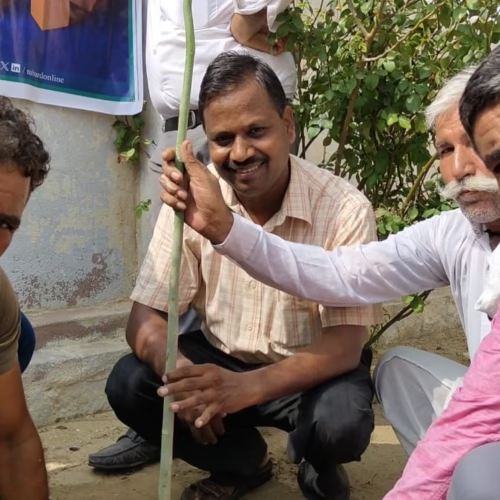By Defence Journalist Sahil
2025 is turning out to be a pivotal year in the evolving geostrategic landscape of South Asia. The China-Pakistan Economic Corridor (CPEC), once projected as a purely economic initiative, has now transformed into a multi-dimensional strategic alliance—particularly in regions bordering India’s western frontier. The growing Chinese presence in districts such as Bahawalpur, Bahawalnagar, Fort Abbas, and Yazman Mandi—located along the Indo-Pak border adjoining Rajasthan—has sparked serious national security concerns for India.
CPEC: From Infrastructure Corridor to Strategic Corridor
The CPEC was initially envisioned as a developmental lifeline to boost connectivity between China’s Xinjiang region and Pakistan’s Gwadar Port. However, the project’s trajectory in 2025 suggests a decisive shift from economic infrastructure to strategic fortification. As of April 2025, 62 active CPEC projects are underway across Pakistan. Notably, 21 of these are concentrated in the Punjab and Sindh provinces near India’s border, hinting at their dual-use military potential. A strategic belt is being created—spanning from Bahawalpur to Fort Abbas and Yazman Mandi—equipped with fortified roads, dry ports, surveillance systems, and advanced monitoring tech.
Bahawalpur: The Emerging Drone Warfare Hub
Bahawalpur has become the testing ground for Chinese drone warfare systems, operated under NORINCO and CASC (China Aerospace Science Corporation). A high-security trial zone is functional where Chinese-developed UAVs, including Wing Loong-II and CH-5, are being tested under field conditions. Located just 70-90 km from the Indian border, this proximity enables real-time surveillance and potential offensive operations, making it a hotbed of strategic concern.
Bahawalnagar & Fort Abbas: Surveillance, Radar, and Intelligence
In Fort Abbas, merely 50 km from India’s Sri Ganganagar district, China’s CETC (China Electronics Technology Group Corporation) has been setting up a dual-purpose radar and signal intelligence base. Publicly presented as a “Smart Traffic and Surveillance Initiative” under CPEC, classified reports suggest routine movement of PLA engineers and advisors in and out of the facility. Multiple signal intercept stations and long-range phased array radars have also been spotted through satellite analysis.
Yazman Mandi: From Agriculture Hub to Forward Observation Post
Yazman Mandi hosts what China calls a “Smart Agriculture and Desert Irrigation” project. However, ground reports and satellite images suggest that surveillance infrastructure—such as high-resolution electro-optical cameras, underground fiber grid systems, and drone hangars—are being constructed within these agricultural zones. Analysts believe this region could serve as a Forward Observation Post (FOP) to monitor Indian movements across the Thar sector.
Chinese Weapons and Tech Transfers to Pakistan in 2025
The past year has witnessed unprecedented arms and tech supplies from China to Pakistan. Notable transfers in 2025 include:
- Second consignment of VT-4 main battle tanks
- CH-5 and Wing Loong-II combat UAVs
- HQ-9B long-range air defence systems
- FK-3 surface-to-air missile systems
- Type 054A guided missile frigates
In addition, Chinese defence firms like NORINCO and CETC have delivered electronic warfare (EW) suites, cyber-intelligence software, counter-drone jammers, and mine-resistant vehicles to Pakistan’s armed forces. Much of this technology has been deployed near India’s Rajasthan frontier, raising red flags in New Delhi.
India’s Strategic Counter-Measures
Reacting to China’s increasing militarization through CPEC, India has initiated robust counter-deployments and infrastructure upgrades along its western front:
- Upgradation of forward road infrastructure from Ganganagar to Bikaner
- Deployment of new air defence units in Jaisalmer and Phalodi
- Construction of strategic railway line between Suratgarh and Tanot
- Installation of high-altitude surveillance balloons and anti-drone radar arrays by DRDO near Jaisalmer
- Expansion of radar shielding systems around Bikaner and Ganganagar sectors to block Chinese surveillance.
Indian armed forces are also conducting regular drone reconnaissance missions across the western frontier, and IAF combat units have increased tactical drills in the desert sector.
Satellite & Intelligence Analysis
Satellite imagery from April 2025 has revealed key developments:
- In Fort Abbas, night-time construction activity has increased, including the rapid buildup of prefabricated structures and signal jamming towers.
- In Yazman Mandi, a new airstrip is under construction, officially described as a CPEC logistics terminal. However, the length and reinforced nature of its runway suggest potential use for military UAV or small cargo aircraft operations.
- Chinese personnel in civilian clothing, potentially PLA-affiliated, have been seen at multiple CPEC project sites, as captured by Indian technical intelligence sources.
The Emerging Axis: Pakistan as China’s Strategic Launchpad
It is now evident that CPEC is no longer a development-only programme. It is evolving into the centerpiece of China’s strategic penetration in South Asia, with Pakistan serving as the operational hub. By entrenching itself along the Indo-Pak border, China is gaining real-time access to India’s western flank, potentially altering the balance of power in the region.
India’s security establishment sees this as a serious and sustained challenge, requiring not only surveillance and deterrence but also rapid infrastructure buildup and border modernization. The implications of a China-Pakistan military nexus on India’s doorstep are too significant to ignore.
CPEC’s outer façade may still carry the language of infrastructure and development, but beneath it lies a network of dual-use military installations, tech transfer hubs, and surveillance corridors. As the geopolitical chessboard of South Asia continues to shift, India’s border preparedness will play a decisive role in shaping regional equilibrium.

















Add Comment